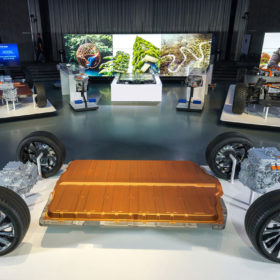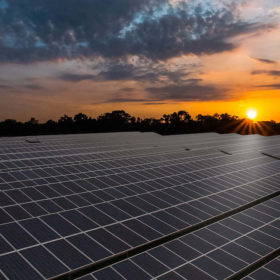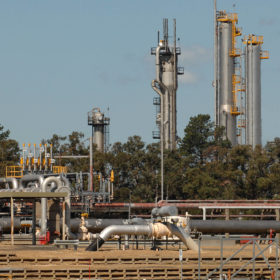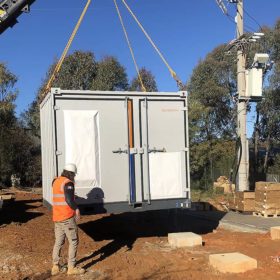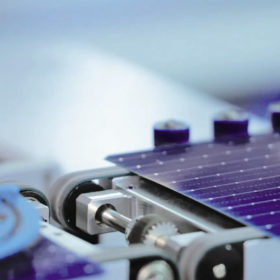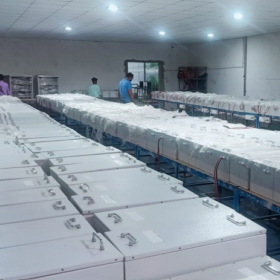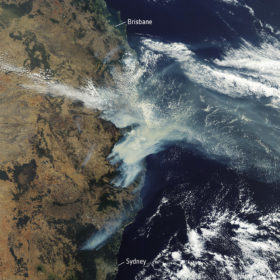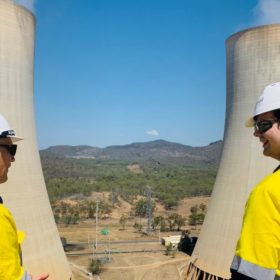Battery minerals help drive resources exports to new records
Global efforts to build energy and transport systems based on lower-emission sources are expected to drive Australia’s mining and energy export revenues to record highs of more than $400 billion for a second consecutive year.
Provaris lodges submission for 2.8 GW green hydrogen project
Western Australian renewables company Provaris Energy has lodged a referral submission to the Northern Territory Environment Protection Authority for its proposed 2.8 GW green hydrogen export project being developed on the Tiwi Islands off Australia’s north coast.
Victoria releases roadmap outlining plan to shift from gas to renewables
The Victorian government has published its Gas Substitution Roadmap detailing regulatory and policy reform designed to help Australia’s biggest gas-consuming state fast-track its transition towards a renewable energy future and navigate the path to net-zero emissions.
RAA expands solar network as concerns spark demand
With the spike in global energy prices sparking increased interest in renewable technologies, the Royal Automobile Association of South Australia has expanded its solar PV and battery energy storage offerings through the acquisition of Adelaide-based installer Living Energy and Lovell Electrical.
Victoria opens $1 million funding round for clean energy projects
The Victorian government has opened a new round of funding for a $20 million initiative designed to support projects that create long-term sustainable jobs, increase the uptake of renewable energy generation and drive innovation in new energy technologies.
Perovskite-silicon tandem solar cell with TOPCon structure hits 27.6% efficiency
A research group led by Chinese manufacturer JinkoSolar has developed a tandem perovskite-silicon cell with a subcell based on TOPCon tech. The group succeeded in reducing voltage losses in the silicon sub-cell by minimising the shunting probability during device fabrication.
Indian manufacturer plans new lithium battery factory
India’s Sanvaru is expanding its lithium battery production capacity to 400 MWh per year by setting up a new factory in the Indian state of Uttarakhand. Its devices are used for stationary and EV storage.
Weekend read: behind Australia’s green swell
In May, Australia voted out its conservative government, which had held power for almost a decade. Instead, it turned to Labor, female independents, and minor parties with far greater climate ambitions. In short, it shifted to an entirely different approach to politics.
Restoring trust and confidence to our electricity markets
The recent challenges for the east coast energy market have put a significant spotlight on energy security, reliability, and affordability in Australia.
Stanwell plans 2.9 GWh big battery next to coal unit
Queensland government-owned energy generator Stanwell has revealed plans to a build a massive 1.45 GW/2.9 GWh battery storage system alongside the coal-fired Stanwell Power Station in central Queensland as the state government looks to ramp up energy storage capacity to support the transition to renewables.
